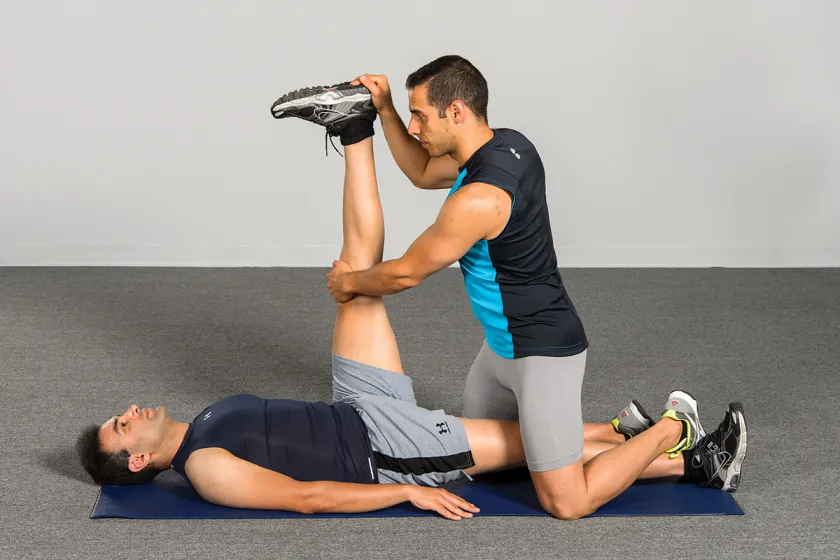Stretching is a fundamental aspect of physical fitness and is widely acknowledged for its efficacy in enhancing flexibility, preventing injuries, and improving overall performance. Knowledge for effective stretching practices is essential in maximizing the benefits of stretching routines.
Documenting your stretching successes through the power of photography can play a vital role in this process. By visually capturing your progress, you not only have a way to track your advancements but also a source of motivation to consistently engage in your stretching routines.
The power of photography can be harnessed to optimize the effectiveness of stretching practices, providing valuable insights for individuals seeking optimal results.
The Importance of Stretching for Effective Results
Stretching is an essential component of any effective exercise routine, as it helps to improve flexibility and prevent injuries. Regular stretching offers a range of benefits for individuals looking to optimize their workout results.
Firstly, incorporating regular stretching into one’s routine can lead to improved flexibility and increased range of motion. This is particularly important for athletes or individuals engaging in activities that require a wide range of motion in joints and muscles.
Additionally, stretching can help alleviate muscle tightness and soreness after exercise, promoting faster recovery. By increasing blood flow to the muscles, stretching aids in reducing post-exercise discomfort.
To achieve optimal results from stretching exercises, it is important to employ proper techniques such as static stretches or dynamic stretches based on individual needs and goals. Employing proper form will ensure maximum effectiveness while reducing the risk of injury.
How Photography Can Enhance Your Stretching Journey
Photography offers a valuable tool for enhancing one’s journey of exploring different stretching techniques and documenting their progress. Using photography to track improvements can provide numerous benefits when it comes to visual progress tracking.
By capturing images of oneself in various stretching positions, individuals can objectively assess their flexibility and range of motion over time. This visual documentation allows for a more accurate evaluation of the effectiveness of different stretching techniques and helps identify areas that need improvement.
Additionally, the act of taking photographs can serve as a motivational factor, as individuals can visually see their progress and be inspired to continue their stretching routine. Furthermore, reviewing these visual records enables individuals to make necessary adjustments or modifications to their stretching practices in order to maximize results.
Overall, photography serves as an effective tool for tracking improvements and enhancing the overall experience of embarking on a journey towards better flexibility and mobility.
Capturing Progress: Tips for Documenting Your Stretching Successes
To effectively capture progress and document successes in improving flexibility and mobility, it is important to employ proper techniques for photographing various stretching positions. Taking stretching progress photos can be a valuable tool in tracking and measuring your achievements over time.
By visually documenting your stretches, you are able to observe changes in your range of motion, alignment, and overall posture. This visual feedback provides tangible evidence of your progress, which can be motivating and encouraging during your stretching journey.
Additionally, these photos serve as a record of your accomplishments and can be used as a reference point for future goals or comparisons. When taking these photos, ensure proper lighting, clear angles that showcase the stretch correctly, and consistent positioning to accurately capture each pose.
Utilizing photography as a means of documentation enhances the benefits derived from regular stretching routines by providing concrete evidence of improvement while offering motivation for continued success in achieving flexibility goals.
Using Visuals to Track and Motivate Your Stretching Practice
Visual documentation of stretching progress provides concrete evidence of improvement and serves as a motivational tool for practitioners. Tracking one’s stretching journey through photographs offers numerous benefits.
Firstly, it allows individuals to visually compare their current flexibility with their starting point, providing tangible evidence of progress over time. This helps in boosting confidence and reinforcing the effectiveness of the stretching routine.
Secondly, photos serve as a source of motivation by reminding practitioners of their goals and inspiring them to continue working towards achieving them. The visual representation also aids in identifying areas that require further attention or modification in the practice.
Overall, using photos as a means to track and motivate stretching practices is an effective strategy that enhances adherence and encourages continual growth in flexibility.
Harnessing the Power of Photography for Effective Stretching Practices
Utilizing photographic documentation as a method for tracking and motivating stretching practices offers tangible evidence of progress and serves as a source of inspiration for practitioners.
When it comes to improving flexibility, visual aids can be powerful tools for monitoring and evaluating the effectiveness of stretching routines. By capturing images or videos before, during, and after stretching sessions, individuals can visually compare their range of motion over time. This not only provides objective evidence of progress but also helps identify areas that require further attention. Visual documentation allows practitioners to observe their body’s response to different stretches and adjust their techniques accordingly.
Additionally, reviewing past photographs or videos can serve as a source of motivation, reminding individuals how far they have come in their journey towards improved flexibility.
Overall, photography offers an effective means to track and monitor stretching progress while providing inspiration along the way.
Conclusion
In conclusion, documenting your stretching successes through the power of photography can greatly enhance your stretching journey.
By visually capturing your progress, you can track and motivate yourself to continue with effective stretching practices.
The use of visuals provides a tangible representation of your achievements, serving as a reminder of how far you have come and encouraging you to push further.
Embracing photography as a tool in your stretching routine allows for increased effectiveness and success in reaching your goals.
You may also like to read:
How Chiropractors Use Photographs to Track and Treat Car Accident Injuries

